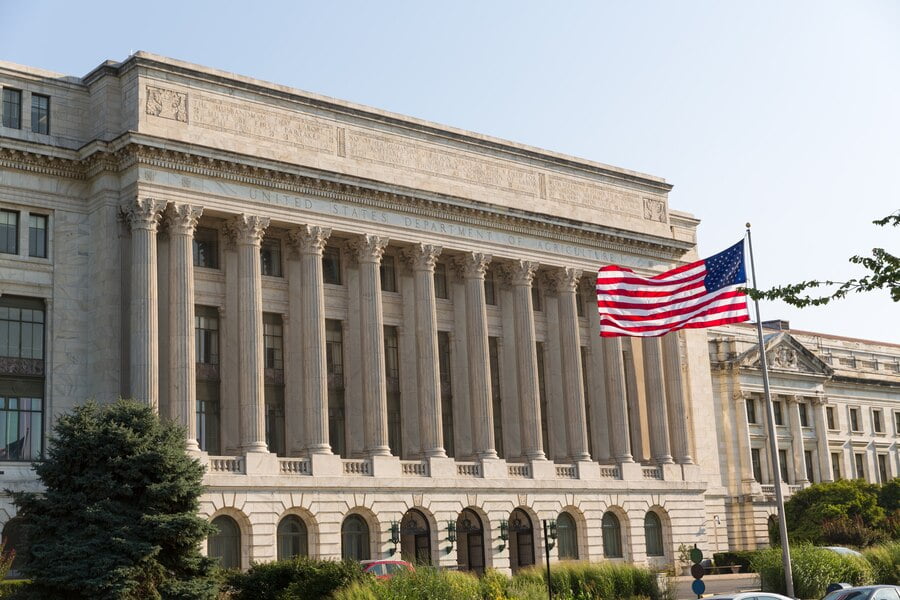The United States government is a complex system designed to uphold the principles of democracy, ensure the rule of law, and protect the rights of its citizens. In this comprehensive guide, we will delve into the structure, functions, and significance of the US government. By understanding its intricacies, we can better appreciate its role in shaping the nation’s past, present, and future.
Historical Background:
The roots of the United States government trace back to the nation’s founding principles, as articulated in seminal documents such as the Declaration of Independence and the Constitution. These foundational texts established the framework for a government of the people, by the people, and for the people. Over time, the structure of the US government has evolved in response to changing social, political, and economic realities, with key historical events such as the Civil War and the Civil Rights Movement leaving indelible marks on its trajectory.
Structure of the United States Government:
The US government is divided into three branches: the legislative, executive, and judicial branches. Each branch is endowed with distinct powers and responsibilities, as outlined in the Constitution.
The Legislative Branch:
The legislative branch is responsible for making laws and consists of the Congress, which is divided into two chambers: the House of Representatives and the Senate. The House of Representatives represents the interests of the people, with each member serving a two-year term. The Senate, on the other hand, provides equal representation to each state, with two senators per state serving six-year terms. Together, these two chambers enact legislation, oversee the federal budget, and perform other essential functions of governance.
The Executive Branch:
The executive branch is headed by the President of the United States and is responsible for implementing and enforcing laws. The president serves as the commander-in-chief of the armed forces, negotiates treaties with foreign nations, and appoints key officials to federal agencies and departments. Assisting the president in these duties are the executive departments and agencies, which oversee specific areas of policy and administration.
The Judicial Branch:
The judicial branch interprets the laws and ensures their constitutionality. At its apex is the Supreme Court, which serves as the final arbiter of legal disputes and issues rulings on matters of national significance. Below the Supreme Court are the lower federal courts, which adjudicate cases at the district and appellate levels. Through its decisions, the judiciary plays a crucial role in shaping the legal landscape of the United States.
Checks and Balances:
Central to the US government’s design is the system of checks and balances, which prevents any one branch from wielding undue power. Through mechanisms such as vetoes, judicial review, and congressional oversight, each branch can restrain the actions of the others, thereby safeguarding against tyranny and ensuring accountability.
Electoral System and Political Process:
The electoral system is the cornerstone of American democracy, providing citizens with the opportunity to choose their representatives through free and fair elections. Presidential elections occur every four years, with candidates competing for electoral votes from each state. Congressional elections, meanwhile, occur biennially, with voters selecting their representatives in the House of Representatives and one-third of the Senate. Political parties play a central role in the electoral process, mobilizing voters and shaping public discourse on key issues.
